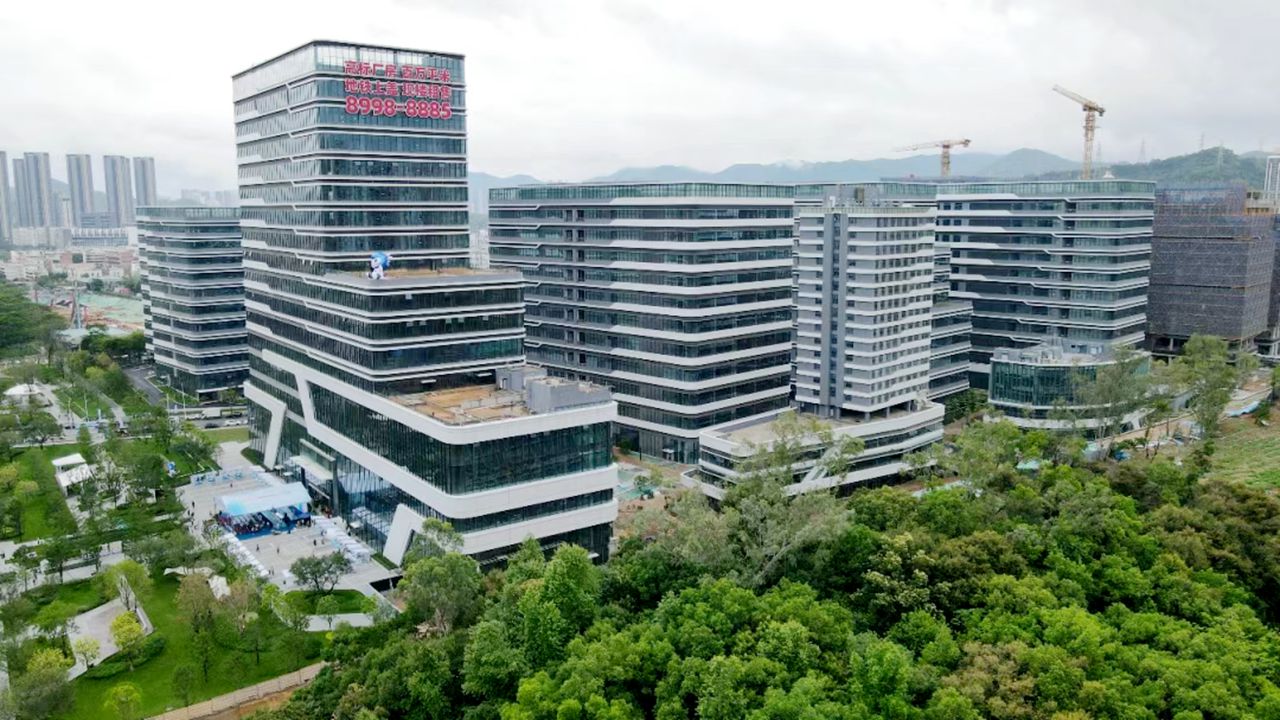Shenzhen introduces local standard for industrial park operations
Writer: | Editor: Zhang Zhiqing | From: | Updated: 2025-05-27
Shenzhen recently released the local standard for industrial park operation, marking the first of its kind in the country.

An industrial park in Bao'an District. Photo from Dute News
The standard establishes a comprehensive industrial park operation management system covering the entire chain including park planning, services, digital intelligence, and green low-carbon practices. This standard helps industrial parks enhance competitiveness and achieve high-quality development.
Most domestic industrial parks currently face issues such as focusing mainly on general property management, having single-service models, low levels of intelligent management and services, and limited roles in supporting enterprise innovation and promoting industrial chain integration.
The standard proposes a full-cycle management mechanism that clearly defines responsible entities and procedural rules for all stages of park planning, construction, investment attraction, operation, and exit. It emphasizes “planning first” and “dynamic evaluation” to ensure park development aligns with regional strategies.
Secondly, it builds a refined service system covering enterprise entry, incubation and cultivation, financial support, talent attraction and development. It puts forward personalized “one enterprise, one policy” service plans to help enterprises reduce costs and increase efficiency.
Thirdly, it strengthens the green and safety bottom line by reinforcing safety production responsibility systems, and clarifying specific requirements for hazardous chemical management and emergency drills. It also incorporates carbon emission monitoring and resource recycling into environmental protection clauses to promote green and low-carbon park transformation.
Lastly, it introduces intelligent empowerment by encouraging the use of technologies such as the Internet of Things (IoT) and big data to build smart management platforms, enabling digital upgrades in energy consumption monitoring, security early warning, and service response processes.